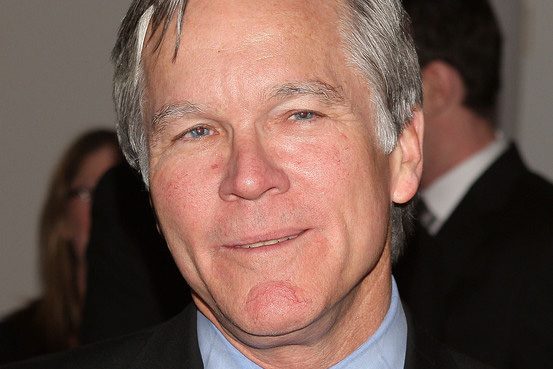 The New York Times’ slow-cooked plan to charge some readers for some of its online content will be put into place in January of next year, editor in chief Bill Keller told other journos at a dinner in New York on Thursday night.
The New York Times’ slow-cooked plan to charge some readers for some of its online content will be put into place in January of next year, editor in chief Bill Keller told other journos at a dinner in New York on Thursday night.
The plan, which Times editors have talked about before, but often in vague, uncertain terms, has been solidified. The paper’s “metered model” will charge only heavy online readers — people who depend on Nytimes.com as their newspaper — while letting most Web surfers in free to read a few articles per month.
Subscribers to the Times’ print newspaper will get free online access, Keller said. By contrast, Wall Street Journal subscribers must pay an extra 40 cents per week to add the online Journal to their account.
Media Matters got Keller to talk more about the Times’ plan via email. Keller describes a system much less restrictive than a traditional “paywall” that requires a login to read anything:
“Those who mainly come to the website via search engines or links from blogs, and those who only come sporadically — in short, the bulk of our traffic — may never be asked to pay at all. People who have print subscriptions will get full website access without charge. So we do not anticipate a major impact on overall traffic, which is important to maintain advertising.
“We announced this months ago, and I’m all for it. It costs money to do the kind of deeply reported journalism our readers expect, and it’s well worth paying for. We assume there will be some impact on readership, aka traffic, but not as much as with a conventional pay model. Under our metered model, basically people who use Nytimes.com as their newspaper, who read a lot and depend on it, will be asked to pay a small subscription price.”
The Times’ previous attempt to charge for content, TimesSelect, was canceled in 2007 because too few subscribers had signed up for what was basically a premium content package. Most TimesSelect content was what newspaper editors categorize as commentary or opinion, rather than news reporting. People were uninterested in paying an extra $50 per year to read the Times’ columnists.
Keller’s new plan takes a different angle from both TimesSelect and the Journal. It’s a different version of freemium than TimesSelect. The old plan gave away news and charged for analysis. The new plan will give away some of everything, but charge you if you want more of it.
Chances are Keller and company are still trying to calculate exactly how much to give away, and how much to charge for greater access. Without those numbers, the only safe prediction is that they won’t start with a high bar to access. Better to start with a lenient setting that blocks few readers, then ratchet it up to see what the market will bear.
Will it work? Probably. The Wall Street Journal has proven it’s possible to get a large number of people to pay more than $100 a year for online news. WSJ.com reached one million subscribers in 2007, the same year the Times killed TimeSelect. Much like the Journal’s model, the new Times approach won’t split content into two tiers. It’ll give away the Times’ hottest content, then charge you when you crave more.
(Disclosure: Boutin is a regular New York Times contributor.)

